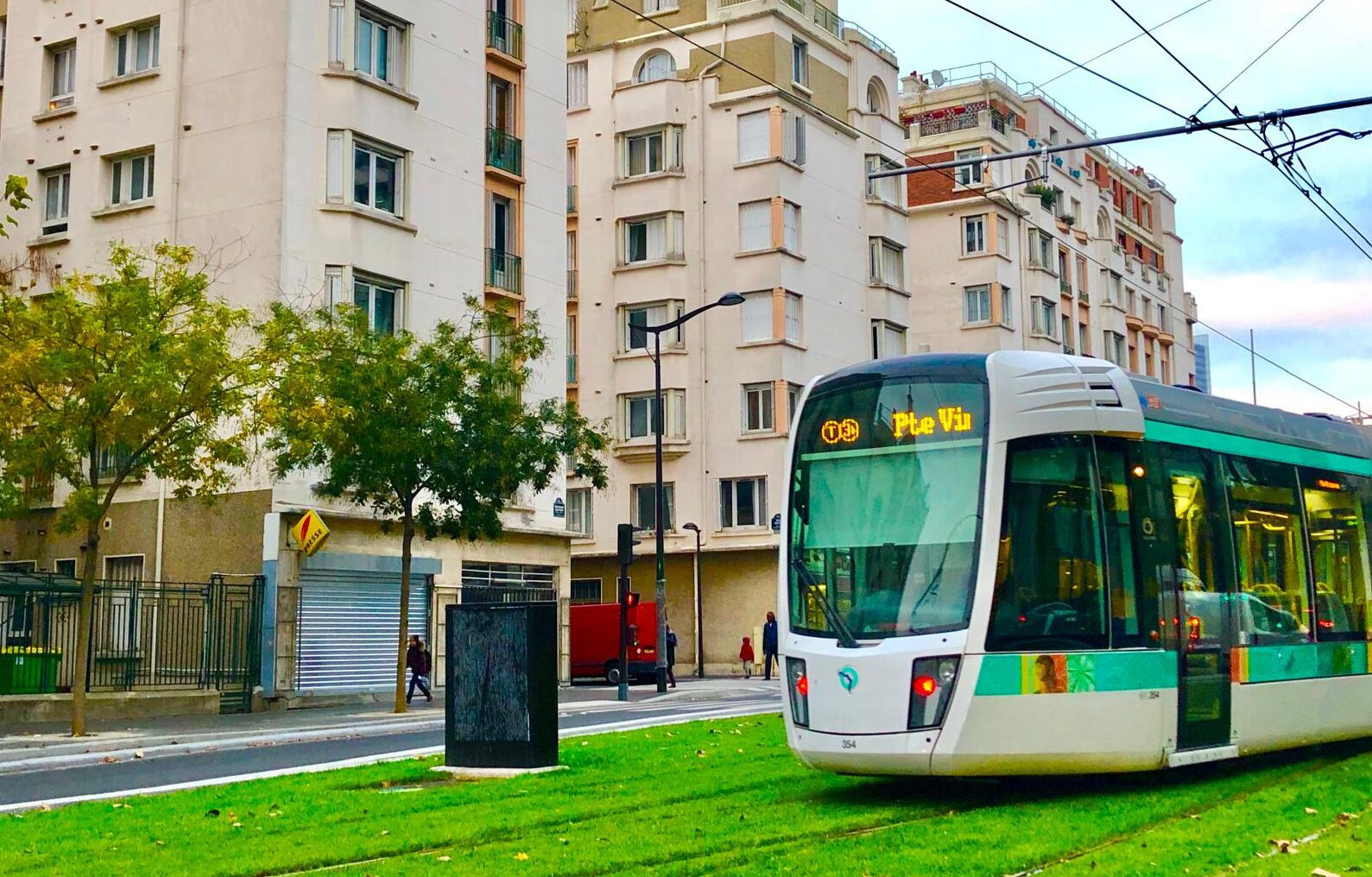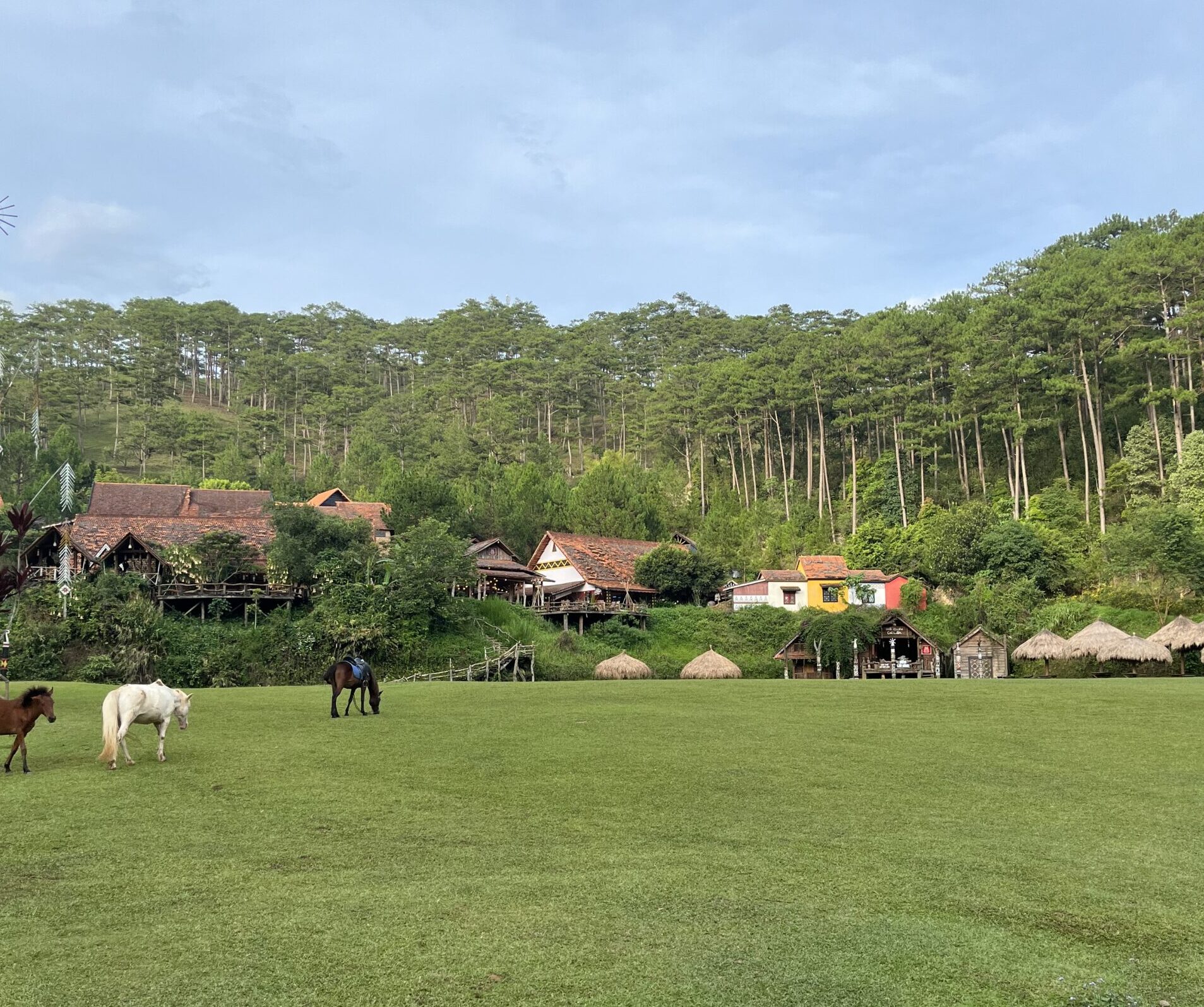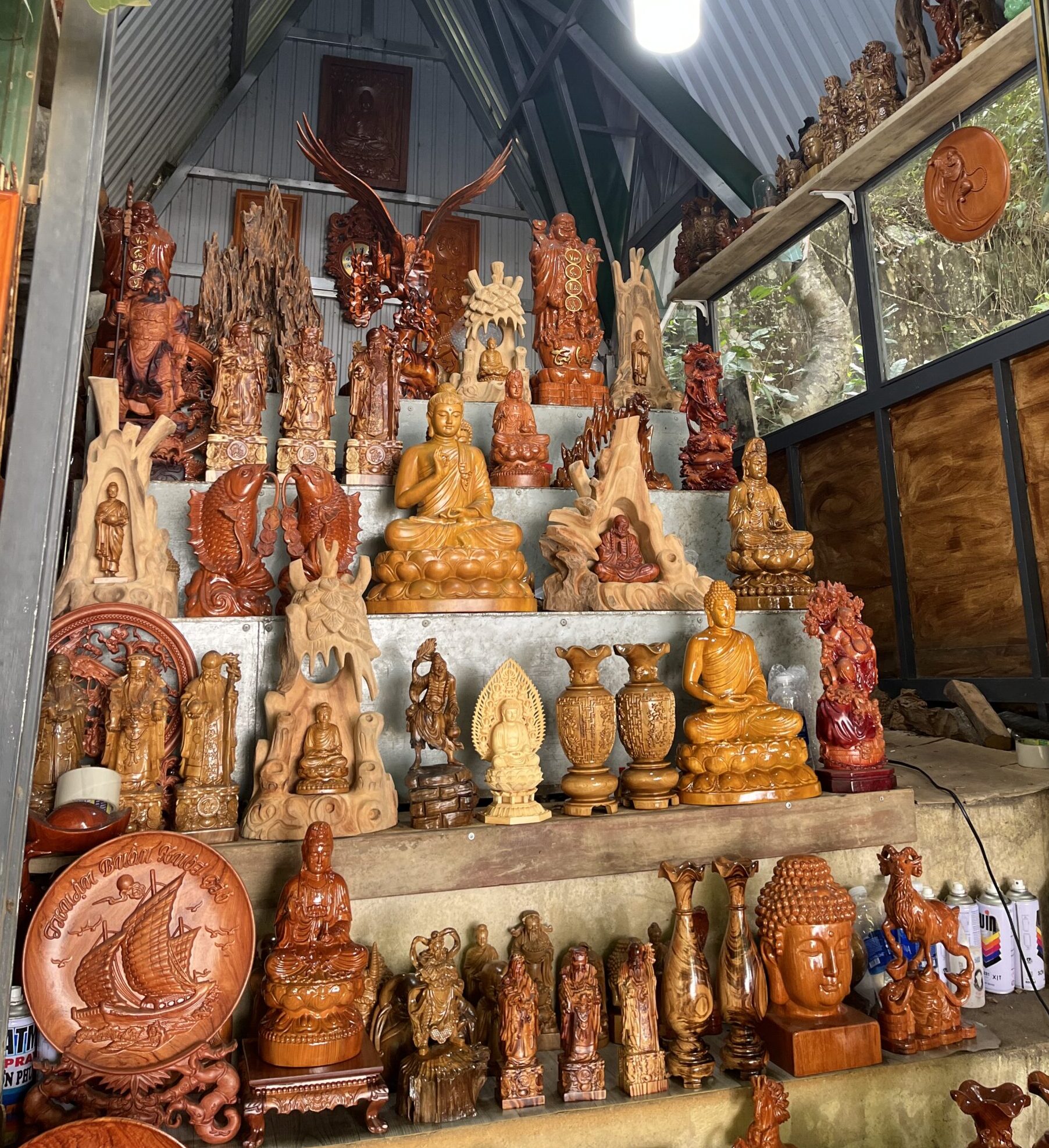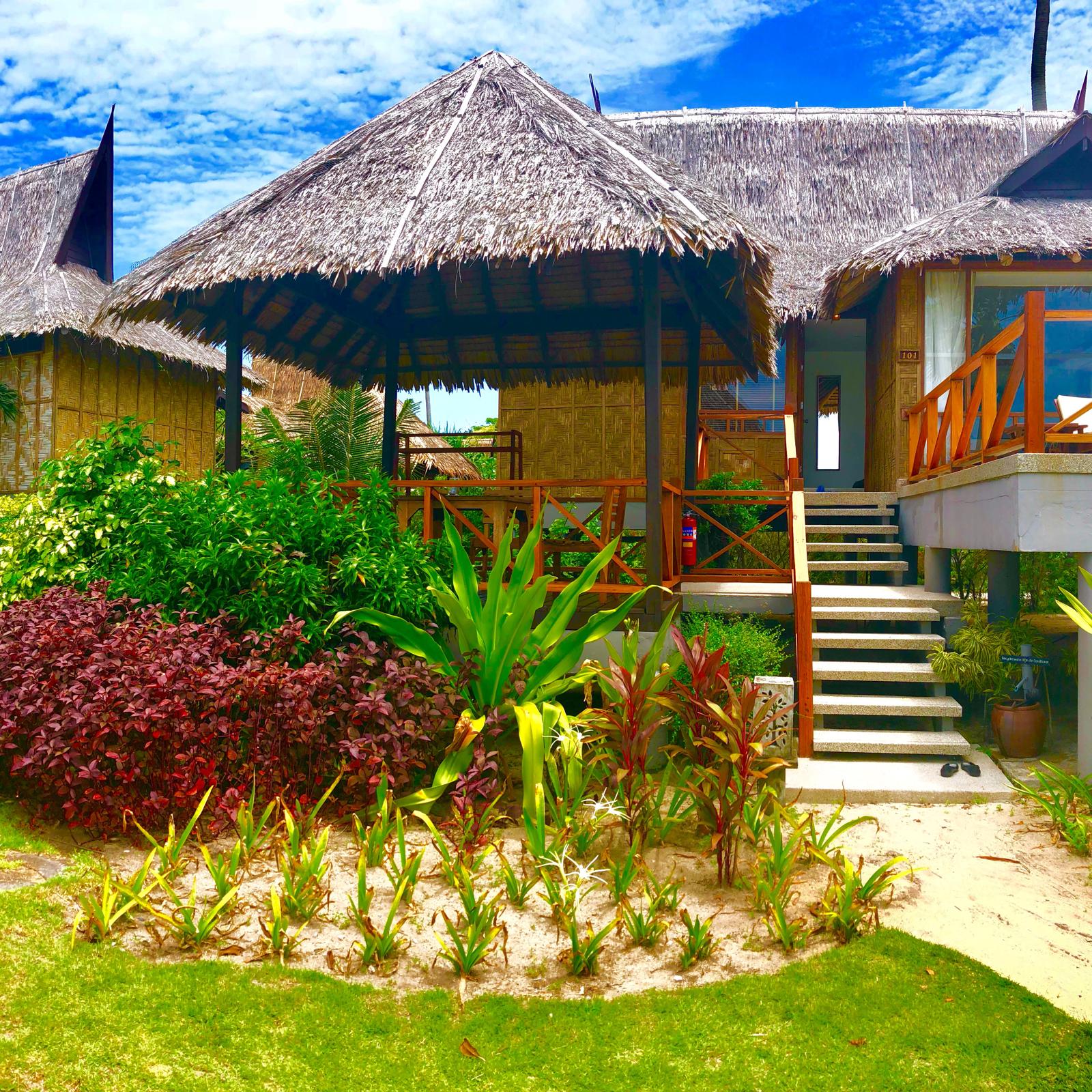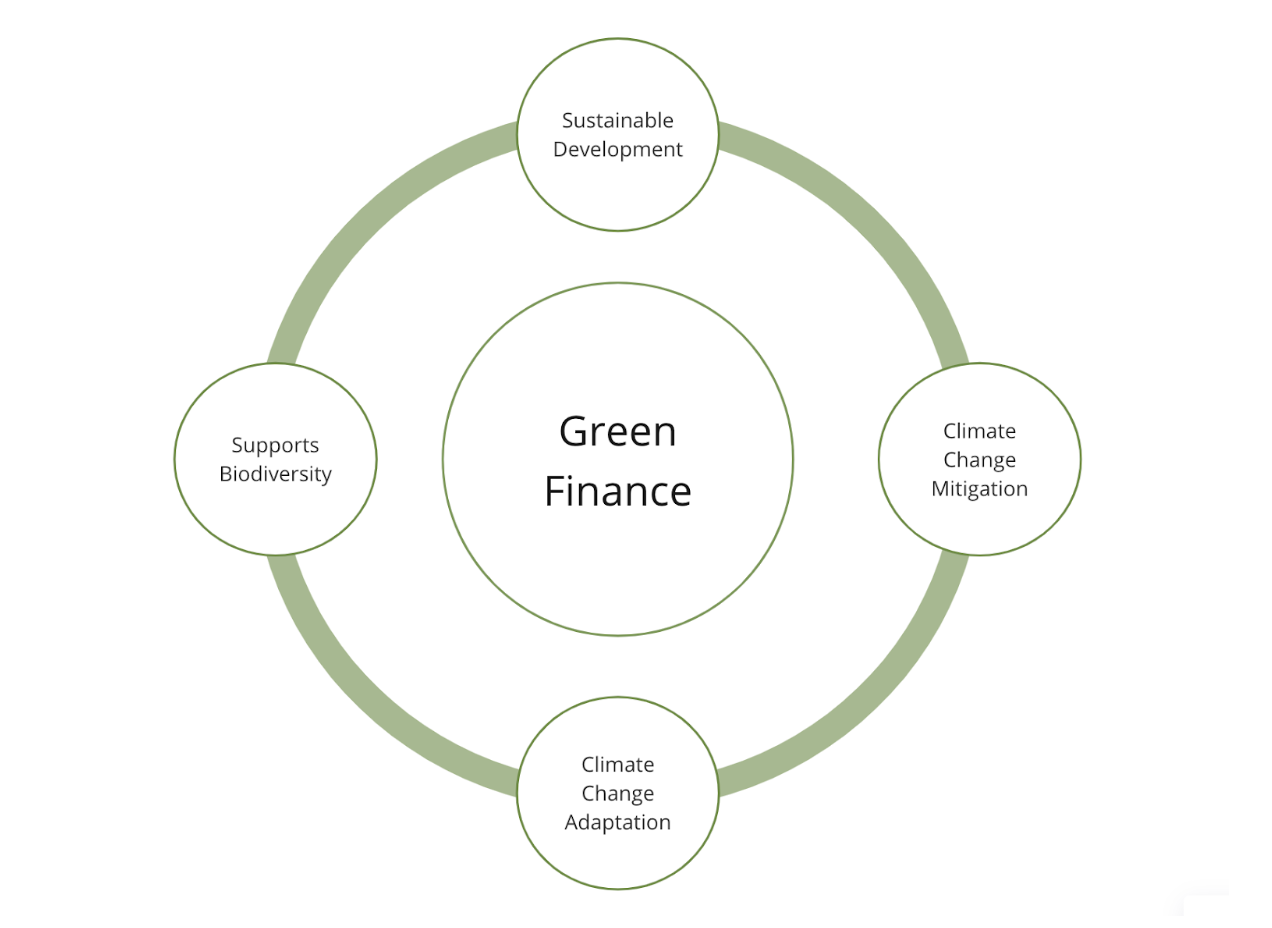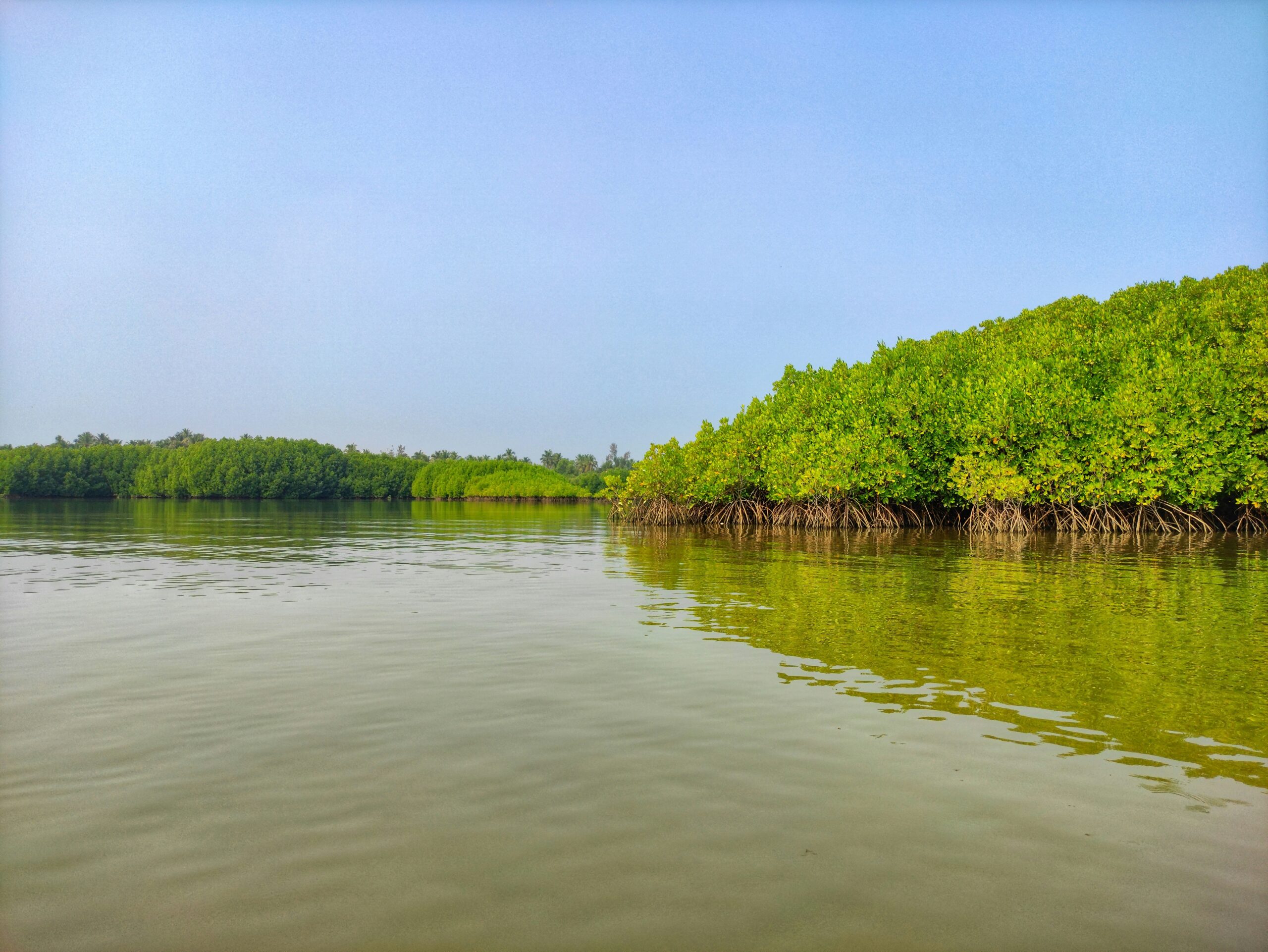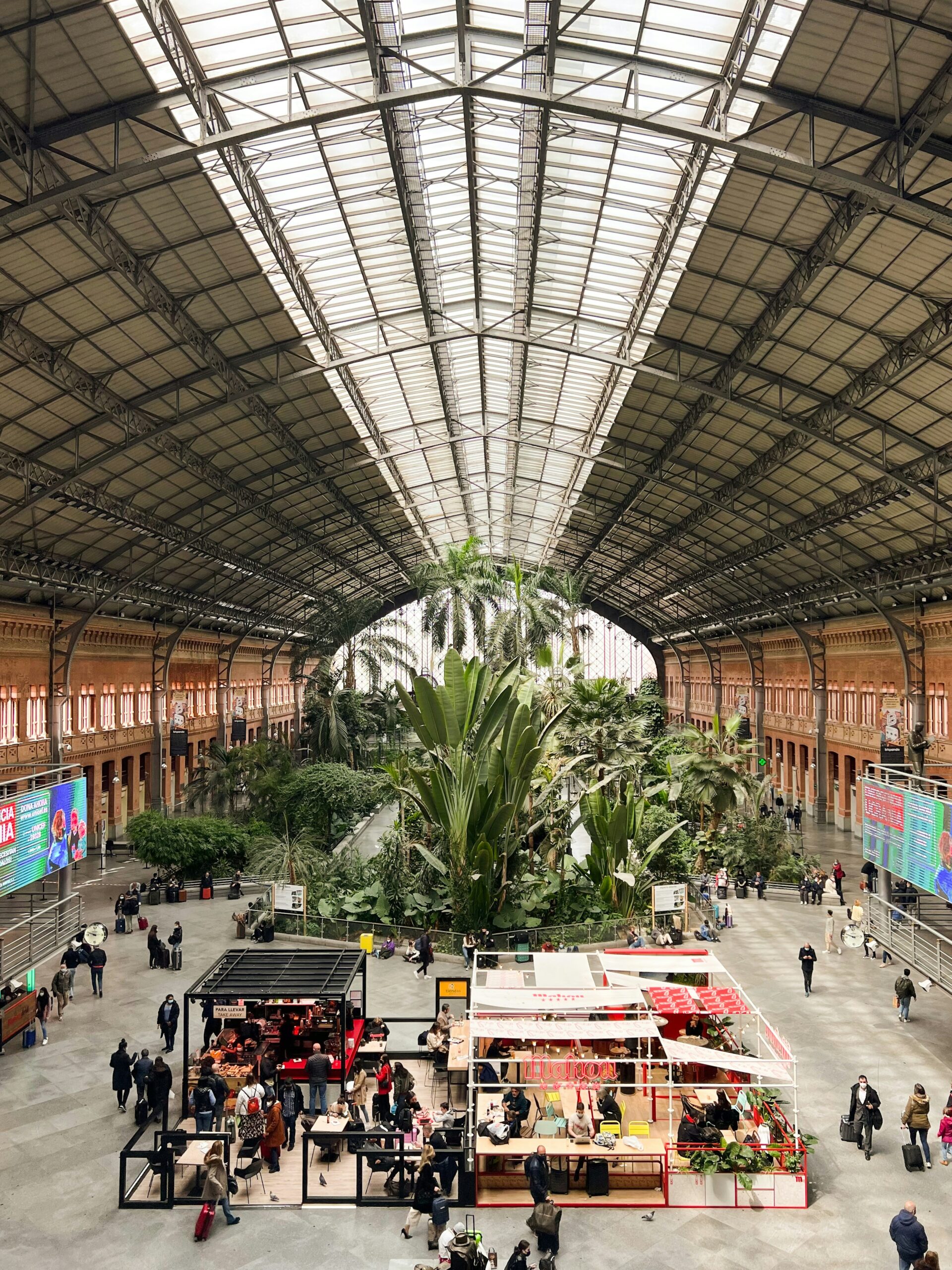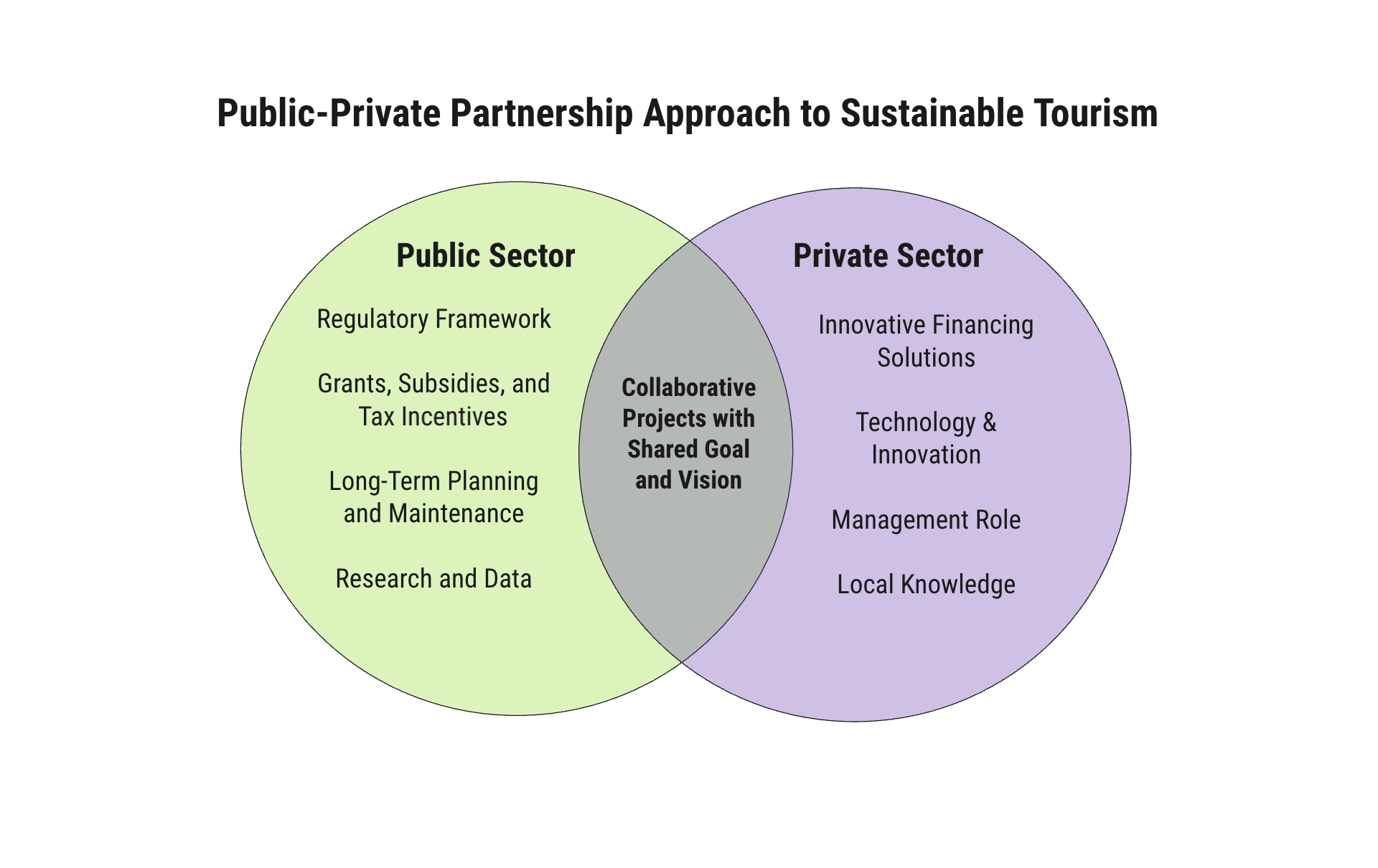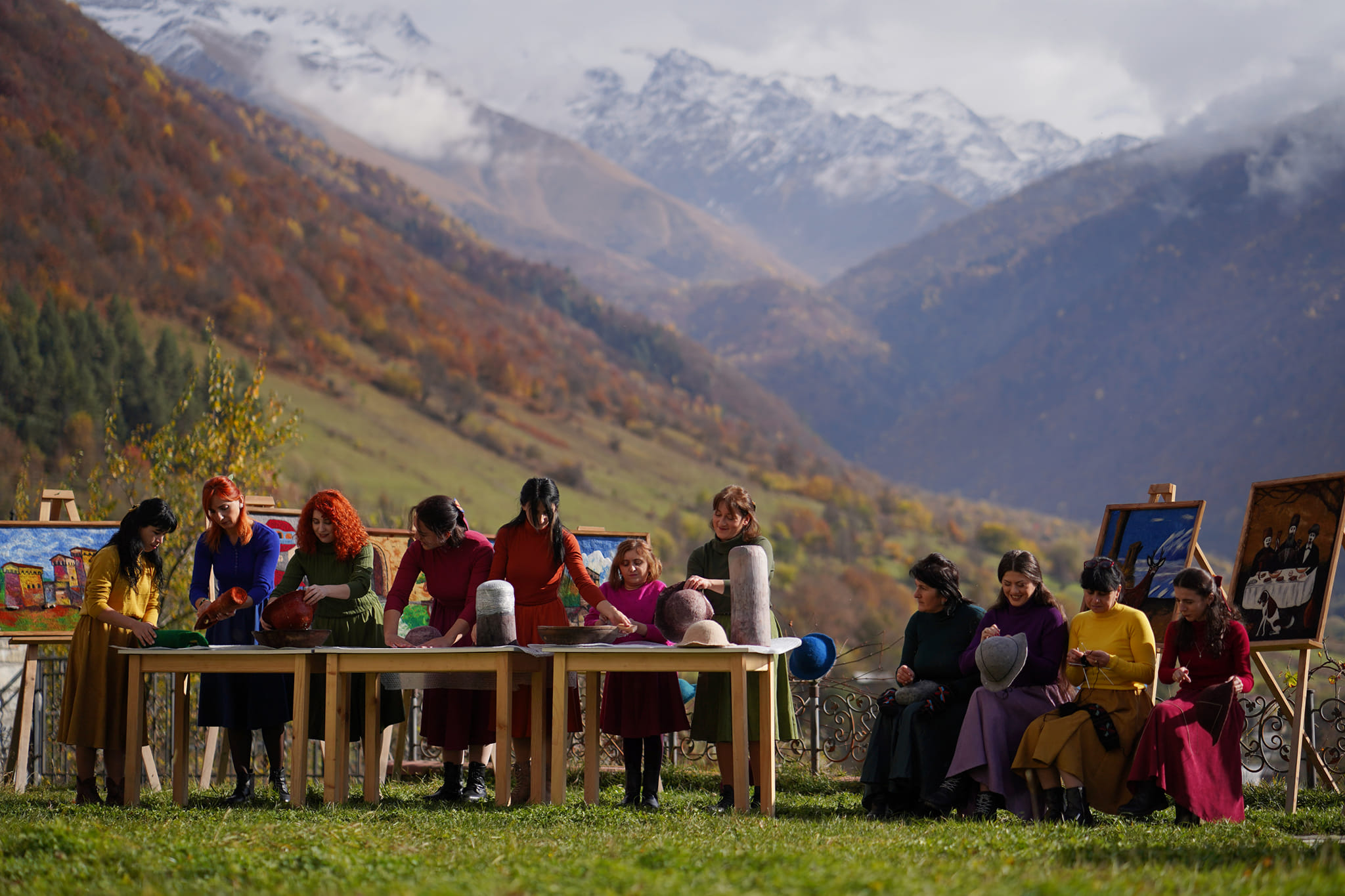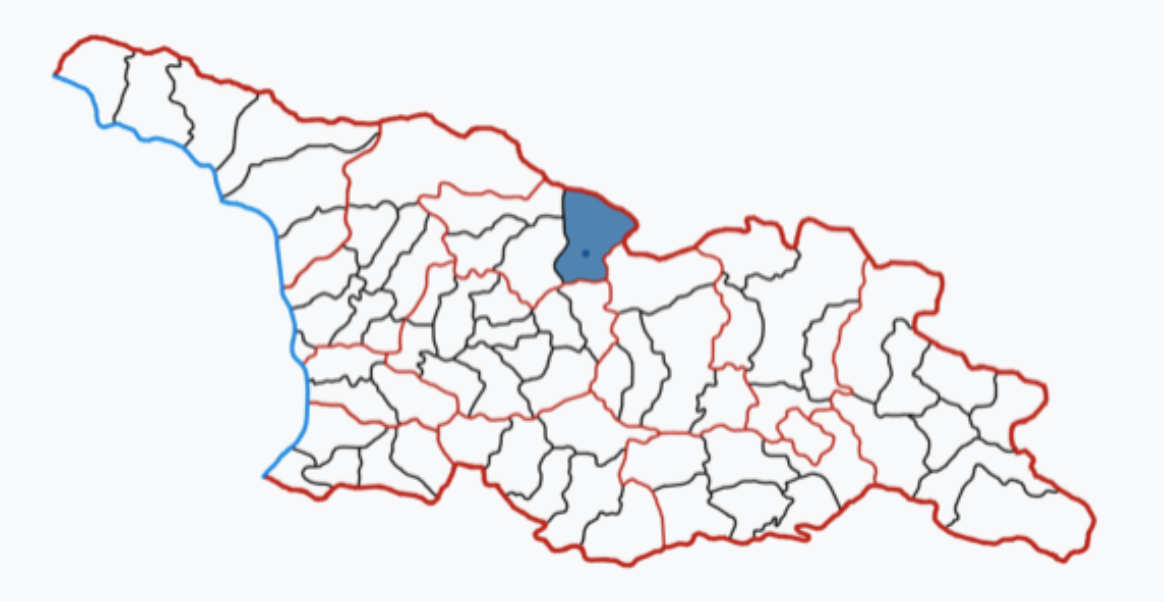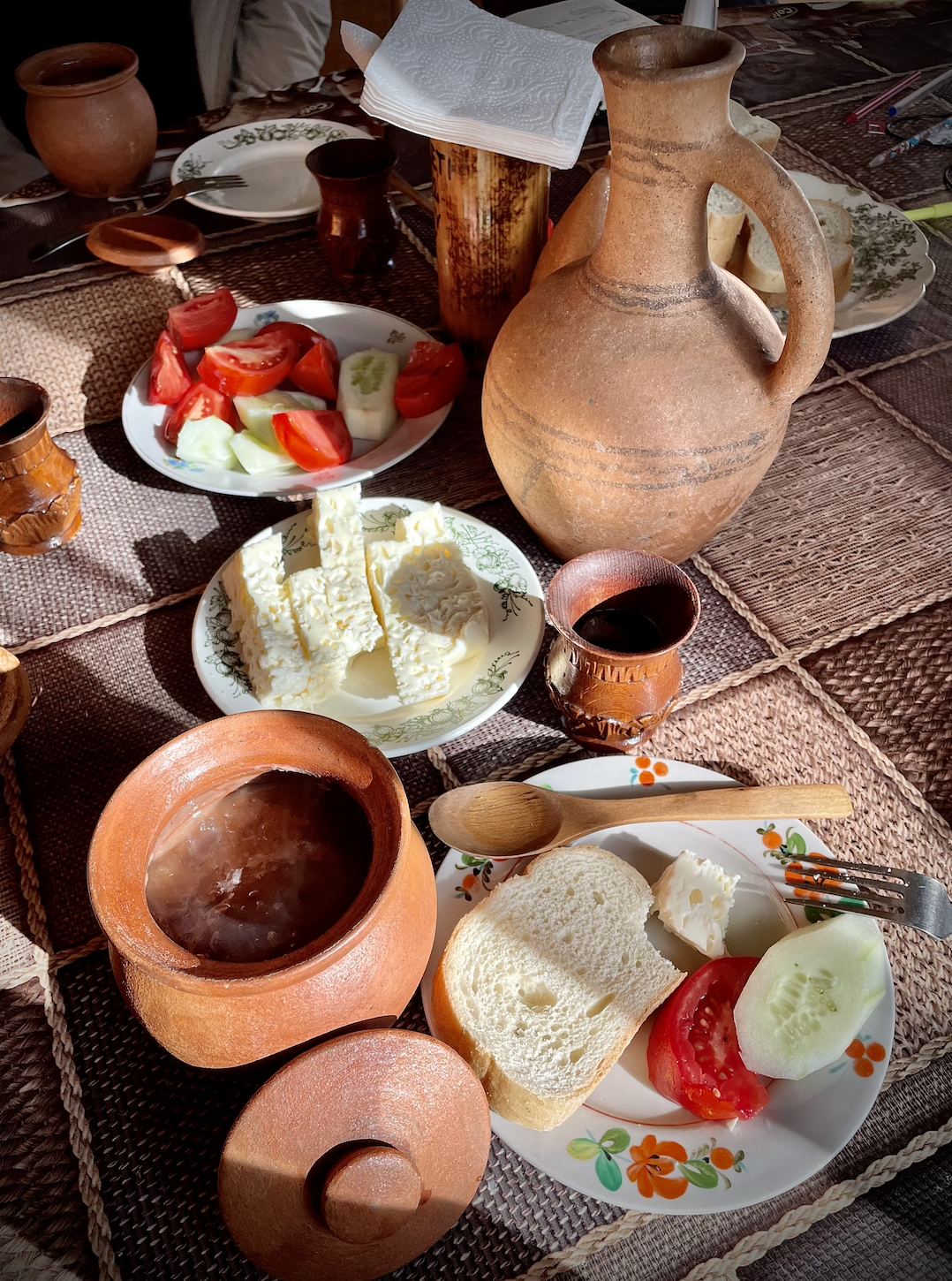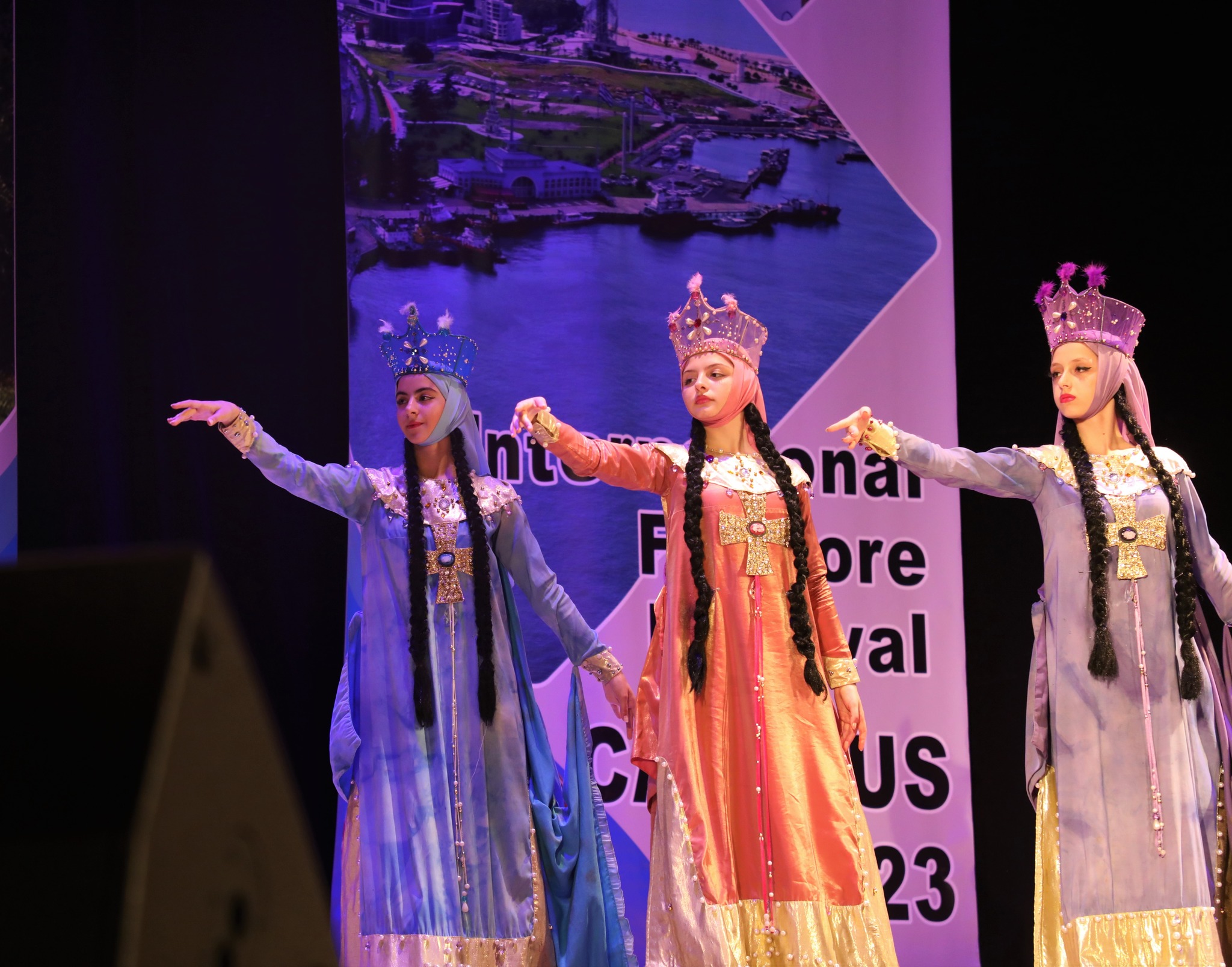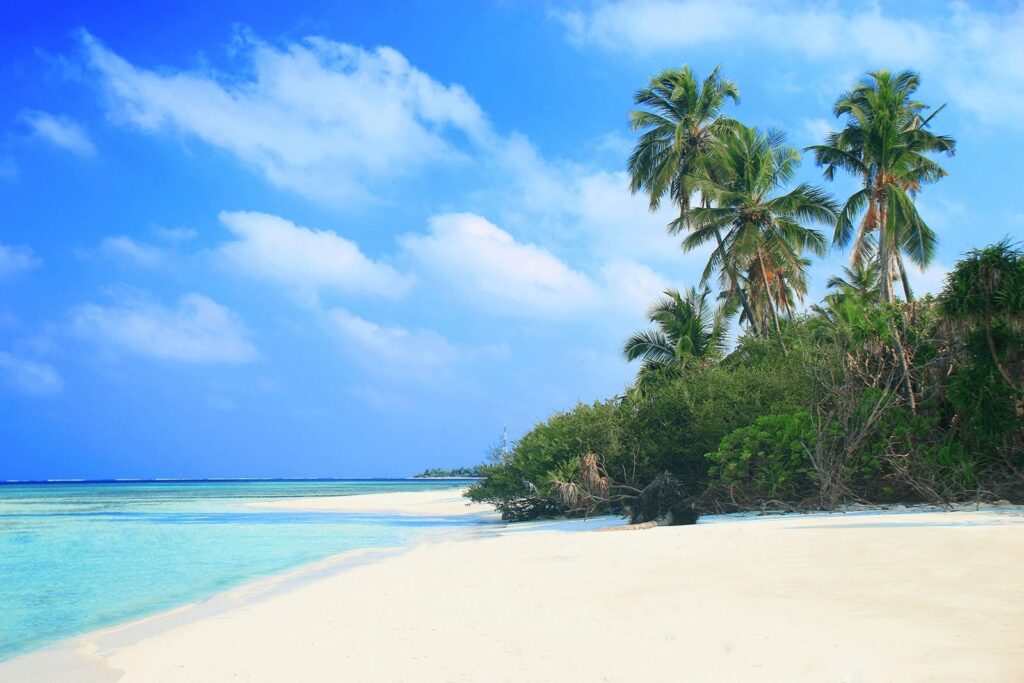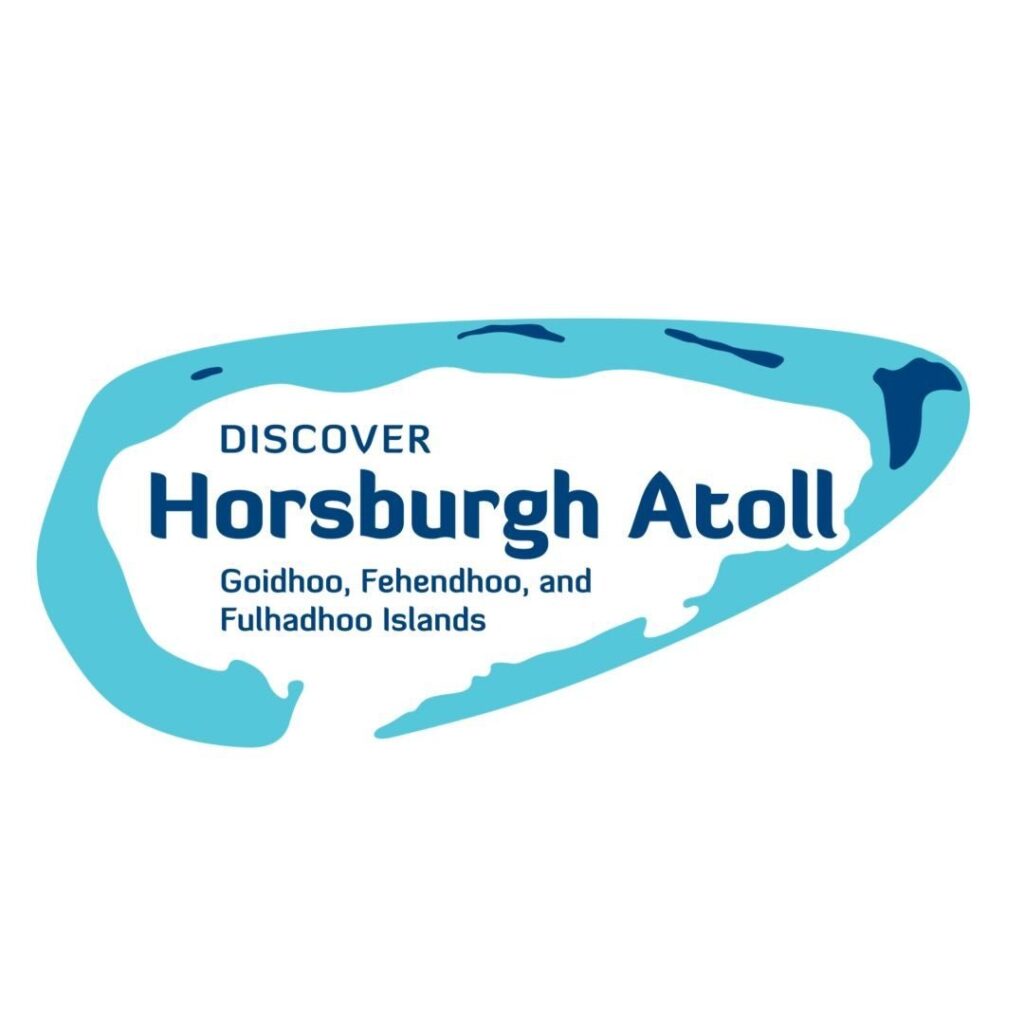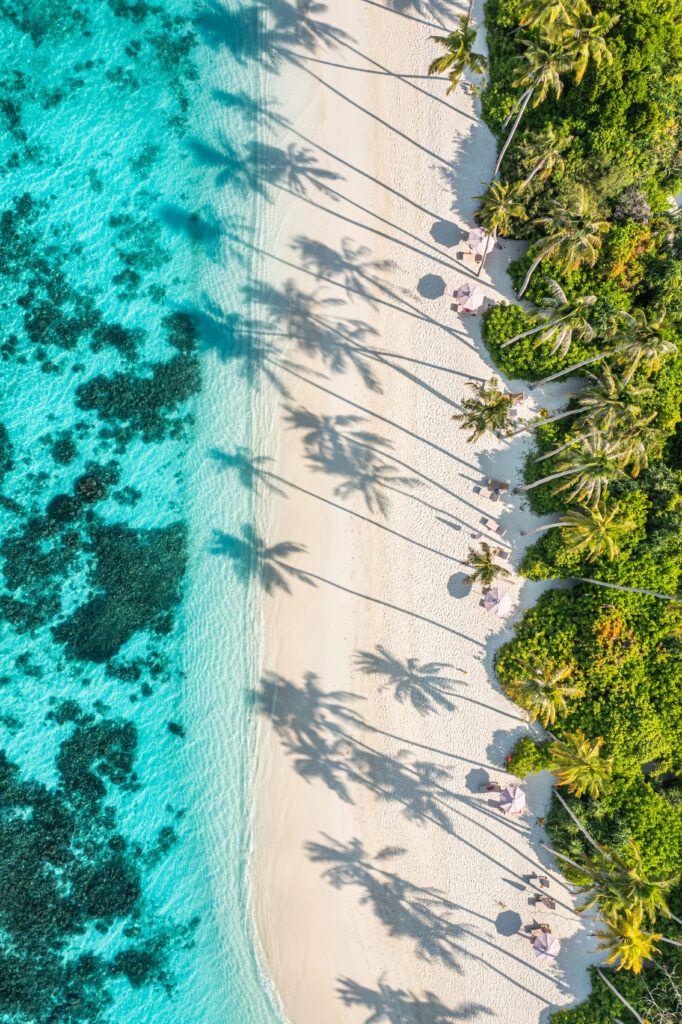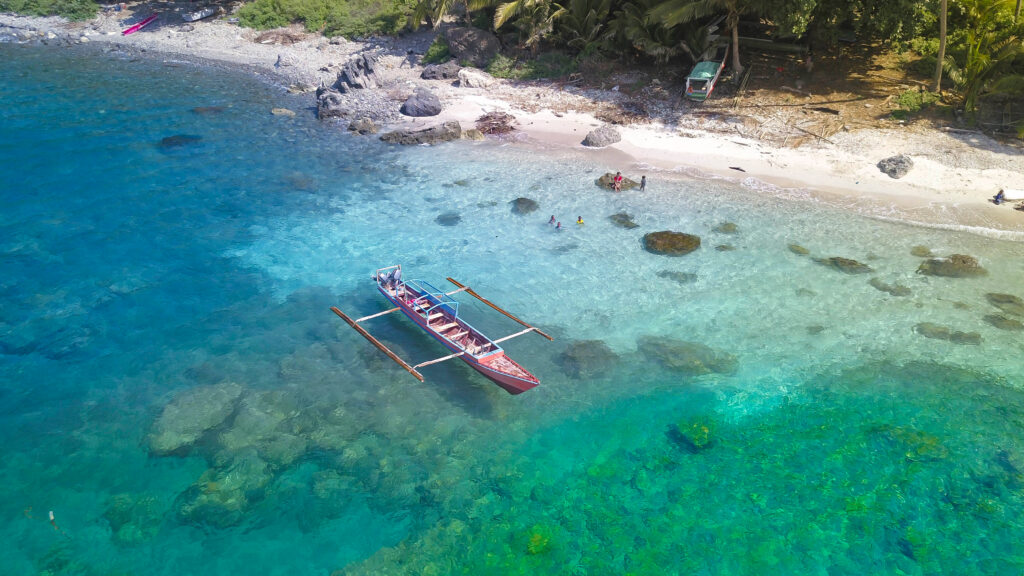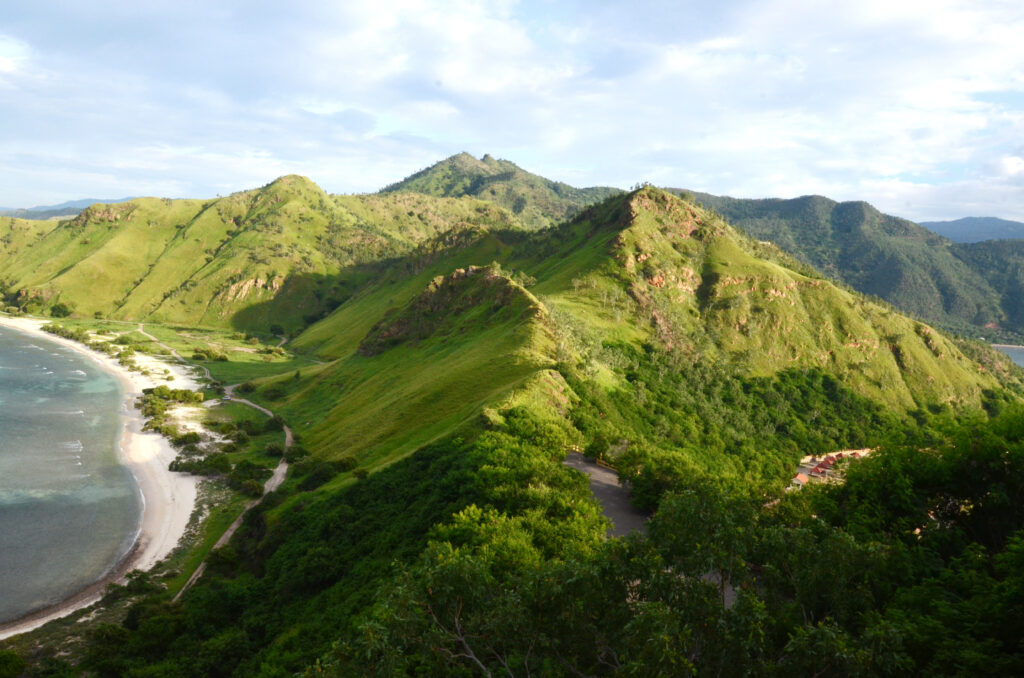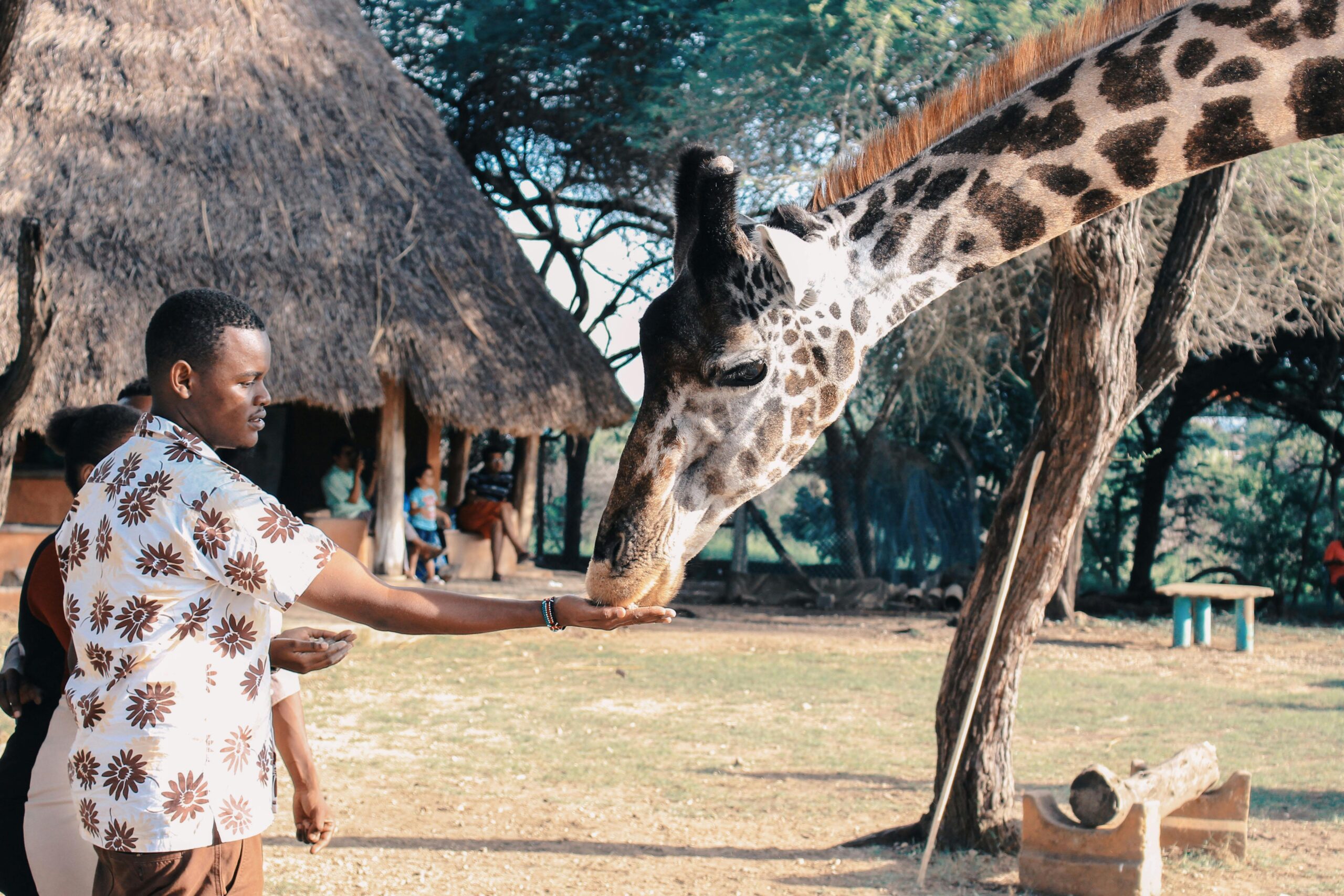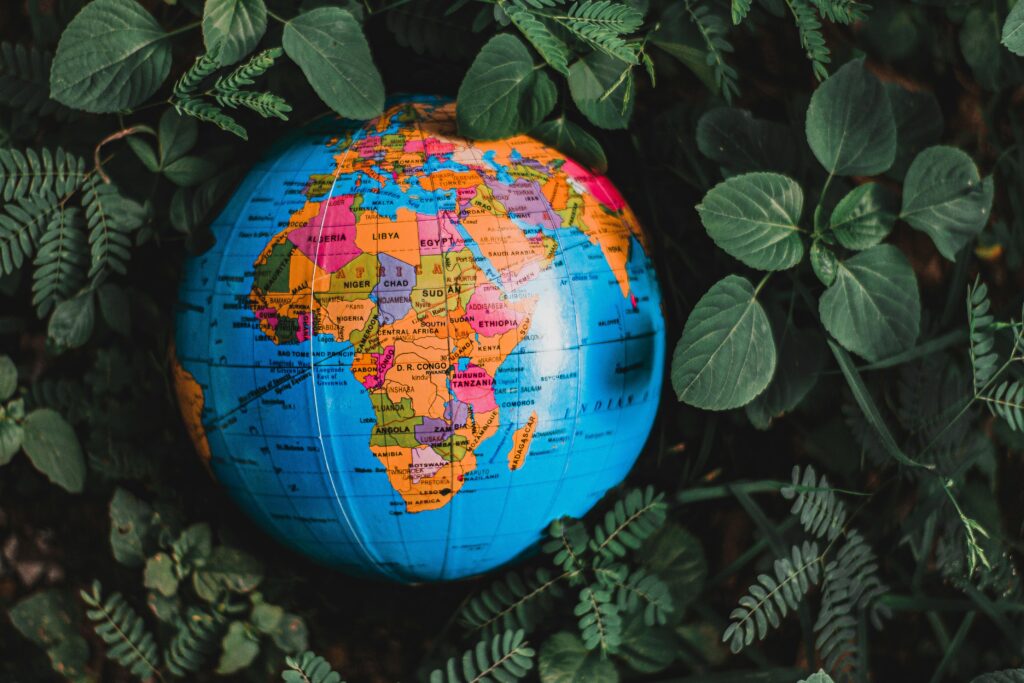Introduction:
In developing countries, nonprofit organizations are essential for tackling social, economic, and environmental issues. These organizations frequently lead the way in bringing about beneficial change, whether in healthcare, education, or sustainable development. However, running a non-profit in a developing country has its own set of difficulties.

This blog post will discuss practical methods for overseeing nonprofit organizations in underdeveloped countries, emphasizing sustainability and impact maximization.
Understanding the Landscape:
Identifying Needs and Priorities
It is important to carry out in-depth studies to comprehend the particular needs and goals of the communities you hope to serve before implementing any strategy. This could entail interacting with regional stakeholders, evaluating needs, and reviewing available information on social and economic metrics. Through acquiring knowledge about the difficulties encountered by the community, nonprofit organizations can better customize their solutions.
At the core of Solimar International’s mission is sustainable tourism, and therefore our organizational goals include targeting environmental conservation, community engagement, ethical practices, cost savings, and long-term viability, just to name a few. Having these standards for practice allow us to make informed choices.
True identification of need requires a strategic approach, particularly within developing nations. Solimar’s implementation of over 200 development programs led to identifying ten main challenges faced by almost every emerging destination, including lack of a long-term (and actionable) tourism plan, a difficult business enabling environment, and the absence of an effective destination management organization to name a few.
Building Partnerships
In the nonprofit industry, cooperation is essential for success, particularly in underdeveloped countries where resources may be limited. Forming alliances with companies, community organizations, and local governments can assist in combining resources, knowledge, and networks to accomplish shared objectives. Together with encouraging ownership and involvement within the community, these collaborations also facilitate information transfer and support sustainability.
Solimar actively maintains relationships with partners and stakeholders in an effort to “leverage financial and technical expertise and promotional benefits from private and government partners in exchange for improvement in stakeholder relations, marketing, and improved product and service delivery.” Cooperation and partnership is a resource. In addition to these benefits, partnerships build organizational credibility and expand overall reach, creating a greater impact.
So, how do you find sponsors? There are various resources such as GrantStation or Foundation Center, corporate funding opportunity databases, that make it easy. Begin by making a list of potential partners through research of companies that align with your non-profit’s vision. Many companies have a corporate social responsibility (CSR) program that are more likely to engage with non-profit organizations, and, in the same way, many companies have previously supported or actively support non-profits or organizations that could be similar to yours.
Before reaching out to potential partners, make sure your organization has an outline of your purpose, the strategized solution, research and community examples, and a resource estimate.
For developing countries, this can be exponentially more difficult since governments in these countries do not usually have the capital needed to invest in infrastructure expansion or repair. The private sector is also rarely interested in “low returns in highly unstable countries, as risk increases, the expected return value increases as well.” Research has shown that the project-based approach is more likely to fail and require more money and investment in a service decline. To combat this, the service delivery approach (SDA) recognizes this likelihood for failure and instead takes a long-term approach that encourages continuous engagement, adaptability, enhanced collaborations, community ownership, and offering holistic solutions.
Effective Management Strategies:
Transparent Governance
Accountability and transparency are cornerstones of successful non-profit administration. Clear governance frameworks, such as advisory groups and boards of directors, can be established to assist guarantee inclusive and transparent decision-making processes. Furthermore, you may increase credibility and trust in the community by keeping lines of communication open with stakeholders, such as local governments, businesses, and/or community organizations and providing regular updates on events and results. This collaborative effort not only maximizes resources and expertise, but also promotes shared responsibility and collective action towards common goals. Especially recently, the public has gotten increasingly involved in holding organizations accountable against their missions. It is incredibly important to consider these factors when trying to strategically aid in the internal process success of developing countries.
Financial Management
Adopting strong financial management procedures is crucial in developing countries when financing may be scarce and erratic. This entails creating a budget, keeping an eye on spending, and varying the sources of revenue to lessen dependency on outside donors. Moreover, strengthening internal controls and improving financial literacy can be achieved by funding staff and volunteer capacity building.
Nonprofit organizations are largely dependent on fundraising revenue, where data-driven fundraising plans are necessary for an actionable fundraising strategy. With data to back the cause, donors are more likely to give to an organization that “clearly demonstrates what impact their donation will have.”

Human Resource Development
A nonprofit organization’s ability to succeed is mostly dependent on its people resources. In developing countries, where talent may be in short supply or subject to migration, recruiting and maintaining talented personnel and volunteers can provide difficulties. Offering possibilities for professional growth and training not only increases Collaboration at the table. Photo by RF._.studio individual potential but also boosts corporate effectiveness. Additionally, encouraging a positive work atmosphere and appreciating the efforts of volunteers and employees can raise spirits and motivation.
By including those who reside in these communities in the means for support, nonprofits adopting an SDA can foster a sense of ownership and empowerment among those who are beneficiaries. This approach is very participatory and essentially encourages community members to take an active role in the implementation of solutions.
Read about how sense of ownership and social capital influence the efficacy of community-management in this example of community-managed water systems in Ghana, Kenya, and Zambia!
Engaging communities in a way that is culturally appropriate goes beyond providing services; it gives them the ability to direct their own development. The ability of local leaders, institutions, and organizations to actively participate in the development process should be strengthened by funding provided by nonprofit organizations. To help communities recognize their own needs, gather resources, and put ideas into action, this may entail offering mentorship, resources, and training.
Implementing Sustainable Programs:
Community Engagement
Nonprofits may guarantee that interventions are culturally relevant, sensitive to local needs, and owned by the community by incorporating community people in program design, implementation, and evaluation. Long-term development outcomes greatly depend on the empowerment and social capital that this participatory strategy creates.
Culturally relevant community engagement is built on relationships. Therefore, nonprofits must invest time and effort in building these genuine, trust-based relationships with those in the community. Collaboration and the co-creation of solutions come from these relationships. Solutions should be created from the bottom-up, where the community is involved in every step possible. This may involve accommodation, such as translating materials into local languages, providing accommodation for people with disabilities, and adapting to other cultural norms or preferences. Further, nonprofits should pay attention to the power dynamic within certain communities, potentially seeking out marginalized voices to address some of the underlying inequity contributing to underdevelopment.
Read about an example of how a relationship-building strategy, community-based tourism, has influenced Solimar’s strategy in sustainable tourism efforts here!
Adaptive Management
Resilience and agility are essential traits of prosperous nonprofits functioning in ever-changing contexts. Nonprofits in developing nations must be ready to modify their plans and tactics in light of the rapid social, economic, and environmental changes. Adopting an adaptive management strategy can assist non-profits in managing uncertainty and optimizing effects over time. This strategy includes ongoing learning, experimentation, and feedback loops.

The Path Forward for Nonprofits:
Managing a non-profit organization in a developing nation requires a combination of strategic planning, effective management practices, and a deep understanding of local contexts. In prioritizing transparency, collaboration, and community engagement, nonprofits can maximize their impact and contribute to positive social change. Nonprofit organizations can navigate challenges and achieve long-term sustainability by implementing sustainable programs and adopting adaptive management approaches such as the Service Delivery Approach. Together, we can build a brighter future for communities in developing nations!
Interested in how we can help you with sustainable development initiatives in developing nations? Contact us to learn more about our programs and services, and view our suggested resources here!
Keep up with Solimar – don’t forget to like us on Facebook and LinkedIn!

